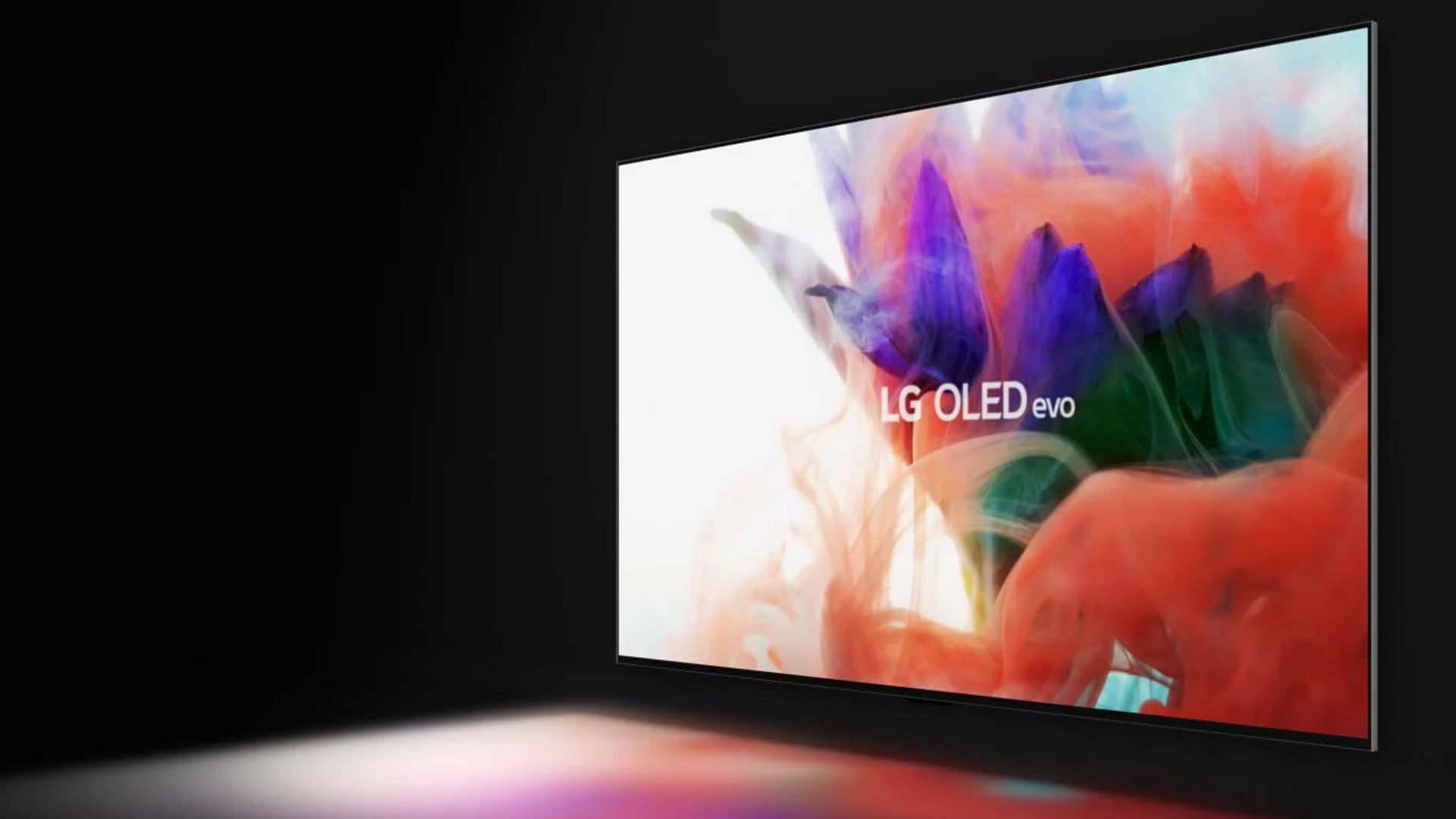OLED, for ” organic light emitting diode is a display technology found in smartphones, televisions, computers, game consoles and even VR headsets. Often presented as a high-end option, it offers a better contrast ratio thanks to self-emitting light pixels.
OLED, for “Organic Light-Emitting Diode”, is a display technology increasingly present in electronic devices. It is one of the main screen technologies with the LCD, deemed more affordable. Many manufacturers highlight it in their products, such as Nintendo, which offers an OLED Switch, an improved version of the classic Switch, which has an LCD screen.
How did OLED establish itself as one of the best display technologies in 2023? Here are some simple explanations to help you understand the benefits of this technology.
What are the advantages of OLED technology?
Explaining OLED exhaustively is not easy, since it is a fairly complex technology, available in a multitude of varieties (AMOLED, POLED, OLEDoS, etc.). All OLED panels are not equal, since some brands use more or less expensive processes, accentuating or not the advantages of OLED.
What you need to know is that OLED is made up of several organic semiconductor layers, which differentiates it from other display technologies. This gives the diodes of the OLED an electroluminescent property, which allows the devices to do without a backlight panel. Each pixel emits its own light, where an LCD screen is fully illuminated.
In addition to offering more accurate colours, OLED takes advantage of its electroluminescent property to offer a contrast ratio of rare accuracy. The pixels that should remain black remain off, which allows the screen to be much more readable, in low brightness as in high brightness. OLED is therefore much better for watching videos, playing games or consulting dark content, since it is not a fully lit panel. It is also less tiring, since it attacks the retina less. Finally, an OLED panel is thinner than an LCD panel, since it contains fewer components. It is thanks to this feature that some OLED screens can bend or allow cameras to pass through.
What are the differences between OLED and LED (LCD)?
LED TVs use LCD panels with LED-based backlighting, so they are not comparable to OLED screens, since their pixels cannot produce light.
Concretely, if you watch a film in 21:9 format on a 16:9 television, you have probably already noticed that there are black bands at the top and bottom of the screen. With an OLED screen, the pixels in the black bands will be completely off. With an LED/LCD screen, they will be a little blue, since the light from the backlight will illuminate them. This example also works with smartphones in dark mode. Only OLED devices display perfectly black colors in the menus.

What are the differences between OLED and QLED? What’s best on TV?
QLED is a registered trademark of Samsung, which stands for “Quantum Dot LED”. This technology has long been used by Samsung as an alternative to OLED, largely thanks to its very similar name.
In reality, QLED screens are LCD screens. They use a layer of quantum dots to improve the brilliance and color of images, while backlighting the screen in different places, to diminish the effect of black that is not black enough.

Samsung recently embraced OLED and QD-OLED, which adds quantum dots to an OLED panel. You have to think of QLED as a kind of high-end LCD, like Mini LED technology, which uses thousands of small LEDs to hide LCD backlight defects. In both cases, these are LCD panels behind, which have nothing to do in their design with OLED.
Should you buy a smartphone with an OLED screen?
In 2023, there are few smartphones with an LCD screen. Even the entry-level has pivoted to OLED, which has become more affordable thanks to the emergence of new industrial processes. If OLED televisions remain expensive, we can only strongly recommend that you opt for a smartphone with an OLED screen, to enjoy a much better display quality.
Does OLED age less well?
OLED screens can burn out. This sentence can be scary, but it is a reality due to their organic nature. When a pixel remains on the screen for too long, it can imprint itself irrevocably on the screen and remain permanently visible, even when using another application.
This flaw has long plagued OLED, especially since brands that didn’t use the technology, like Samsung, went out of their way to let consumers know the flaw existed. The reality is that recent OLED screens have sophisticated cleaning mechanisms to limit the risks. Burn-ins are rare, but possible. Only one thing is certain: it is better to avoid OLED to display the same content permanently, such as an advertisement in a store, at the risk of imprinting it on the screen forever.

In the future, a new screen technology called Micro LED could replace OLED. It has the same benefits without the organic components, making it an even higher potential technology (each pixel is a tiny inorganic LED that emits its own light). In 2023, it is still very expensive, which makes OLED the best consumer display solution.
Subscribe for free to Artificials, our AI newsletter, designed by AIs, verified by Numerama!
